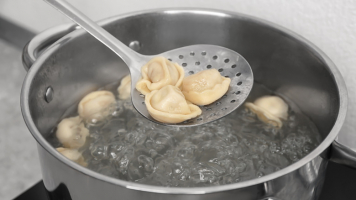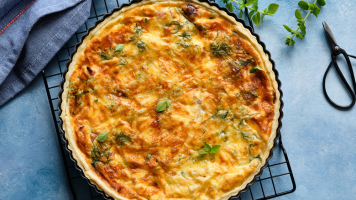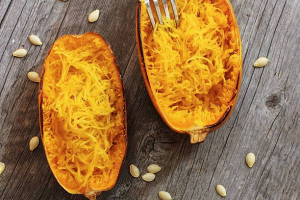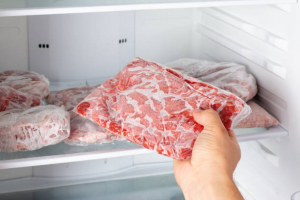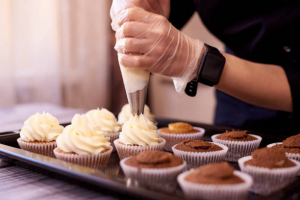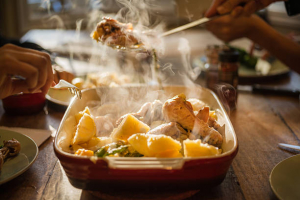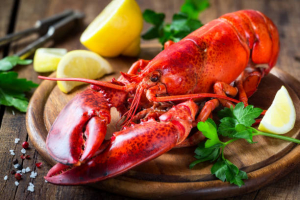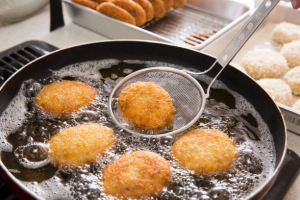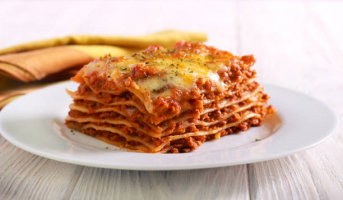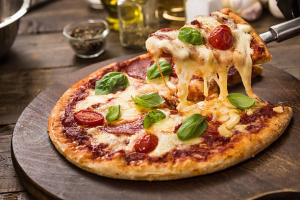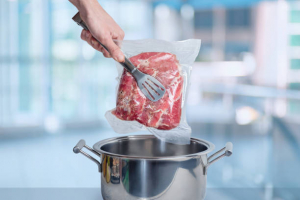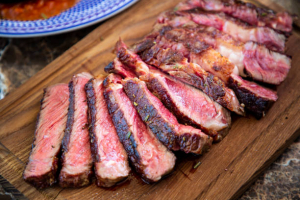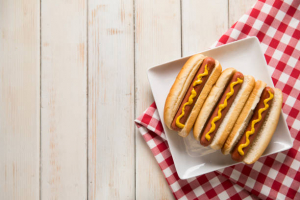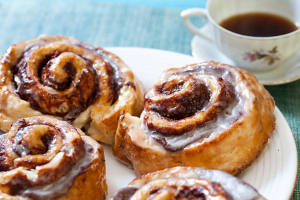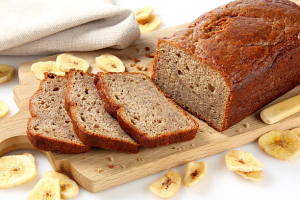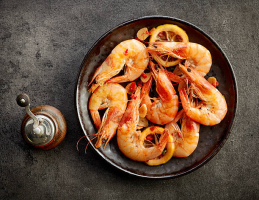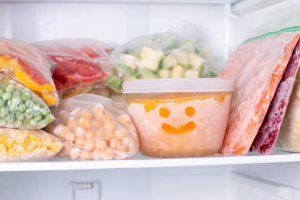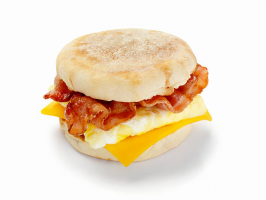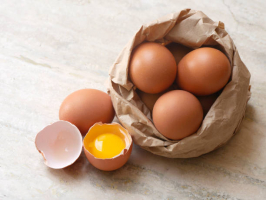Top 13 Biggest Mistakes Everyone Makes When Cooking With Chocolate
Since its discovery hundreds of years ago, chocolate has remained one of the world's most beloved sweets. People use chocolate in every possible way, including ... read more...basic flavorings, baked items, liquid beverages, and plain eating. Here are the greatest blunders you're doing while cooking with chocolate, from letting a drop of water get into your melted chocolate to choosing the wrong kind of chocolate bar. Read on for more information!
-
Not all chocolate is created equal. Choosing the proper type of chocolate can make a big impact depending on the recipe. According to Cook's Illustrated, white chocolate has a velvety texture that works well in desserts where you want to add creaminess and a slight milk flavor. But since it doesn't include cacao, don't anticipate it to give your food a chocolatey flavor. When dark chocolate is the main ingredient, the flavor profiles are more likely to be complex. Craftsy offers milk chocolate, which melts readily and is perfect for use as a topping for desserts.
Any recipe calling for chocolate can use semisweet or bittersweet chocolate. However, if a recipe calls for unsweetened chocolate, use that instead because Cook's Illustrated claims there isn't a suitable alternative. Unsweetened chocolate, which is made from pure chocolate liquor and lacks sugar, is ideal for recipes where you want to regulate the amount of sugar. Even though cocoa powder has less sugar, it has a stronger chocolate flavor.
Because of this, if you want a source of chocolate that packs in as much flavor without making it taste too sweet, like a rich chocolate cake, it's a perfect addition. It also has less fat than chocolate, making it the perfect choice for baked products that already include a lot of fat because adding more could cause the cake to sink, or if you simply prefer a chocolate treat with less fat.
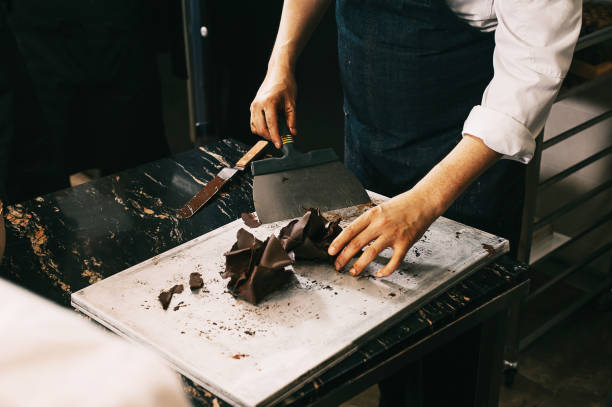
Not using the right kind of chocolate 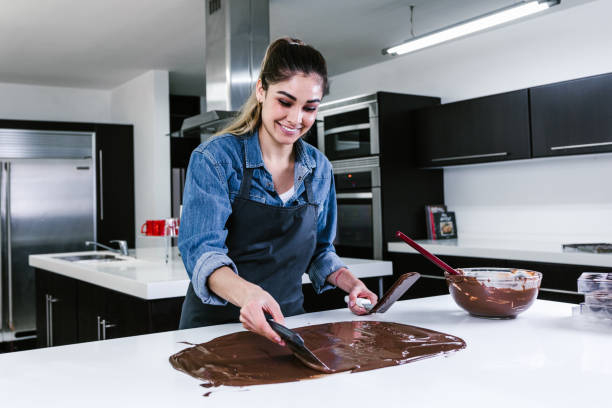
Not using the right kind of chocolate -
Many people wonder if it makes a difference what kind of chocolate you use if you're only going to mix it with a few other ingredients when baking. It would seem wise to avoid using an ingredient in baking that you wouldn't eat on its own. Use chocolate with a minimal ingredient list if at all possible. A warning sign is anything placed on top of cacao, cocoa butter, sugar, and sporadically, milk powder. If the chocolate in your ganache splits, it may be because the chocolate was prepared with fat and oil, which is useless while melting or tempering it. This does not imply, however, that you should constantly spend money on a high-quality bar of chocolate.
In general, you can get away with using practically any quality of chocolate if it is merely a supporting component and your recipe doesn't depend on it. However, if you're cooking something where chocolate is the main ingredient—think chocolate cakes, tarts, brownies, and truffles—you might want to spend some money on a variety that will be both simple to work with and delicious.
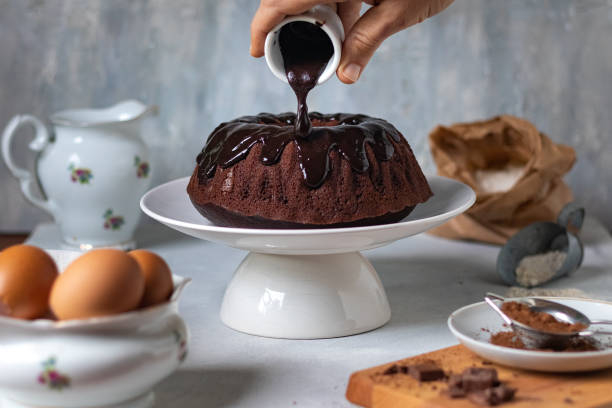
Not taking the quality of the chocolate into consideration 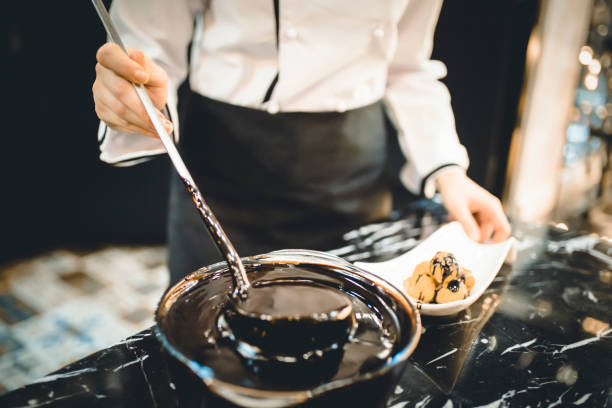
Not taking the quality of the chocolate into consideration -
Cake, cookie, and brownie mixtures that have chopped chocolate bars in them will spill when baked. Chocolate chips, on the other hand, do not fit this description. Anyone who has ever glanced at a platter of chocolate chip cookies will know that, despite being comprised of chocolate, chocolate chips don't melt. Therefore, if you're adding chocolate chips to your batters and doughs with the expectation that they will melt into tiny pools when baked, you might want to think twice because the chips are made to do the exact opposite.
Chocolate chips are more heat-resistant than baking chocolate because they contain less cocoa butter. They hardly ever melt during baking since some even have additional emulsifiers and stabilizers that assist the chips to maintain their structure under heat. The website proposes sprinkling chopped chocolate bars instead, which will result in little pools of melted chocolate in the cookie unless you want bite-sized chunks of solid chocolate in your cookies. If you have no other chocolate on hand and you absolutely must use chocolate chips for melting, melt the chips in the microwave or over a double boiler.
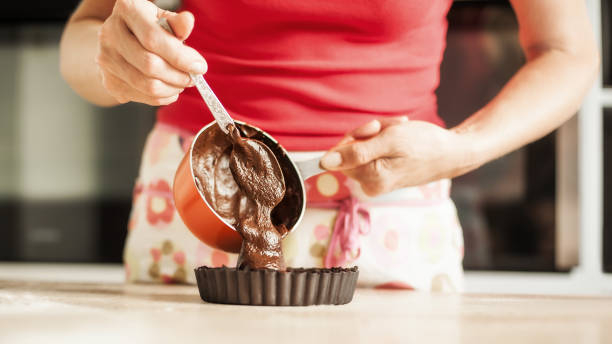
Expecting chocolate chips to melt 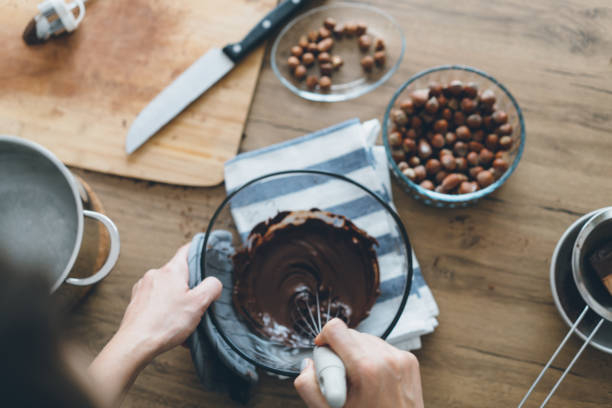
Expecting chocolate chips to melt -
The two-digit number engraved on top of the chocolate bar is simple to overlook when you just have one bar available. You must be able to use a 55% bar of chocolate rather than a 65% one, right? Actually not at all. Not until you adjust your recipe accordingly to take it into consideration. You can determine how much of a chocolate bar is true chocolate by looking at the cocoa percentage. Specifically, how much cocoa bean and all of its components are used to make chocolate. If a chocolate bar claims to contain 65% cacao, the remaining 35% is typically made up of ingredients other than chocolate, such as sugar, milk, flavorings, stabilizers, and the like.
It's a good idea to follow a recipe exactly if it calls for a bar of chocolate with a specific amount of cocoa. If you use a lesser proportion, the chocolate may have more sugar than the recipe calls for overall, and if you use a greater percentage, you'll need extra sugar on top. When 85% cacao chocolate was substituted for 57% cacao in a ganache recipe, the ganache split and ended up having a gritty texture.
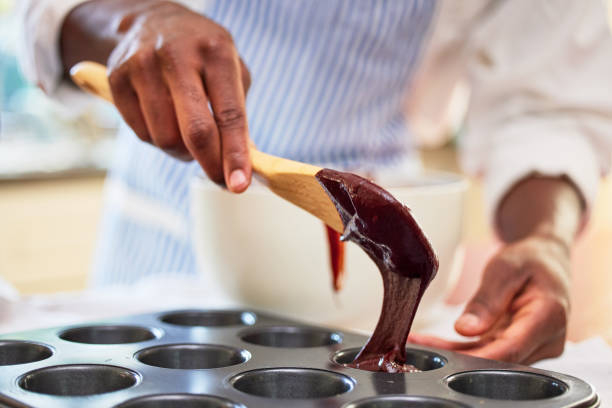
Disregarding the cocoa percentage 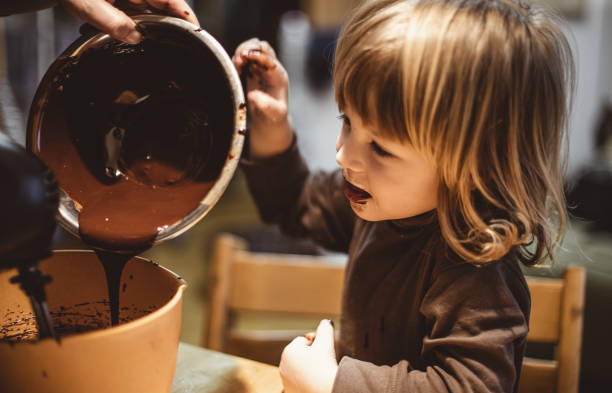
Disregarding the cocoa percentage -
A chocolate cake's graceful removal from the baking pan once it has completely cooled is even more enjoyable than preparing the cake itself. It's beautiful with its deep brown hue, rich sheen, and air bubbles. However, since you dusted the baking pan with white flour, there is a bothersome layer of white powder on top. While flouring pans is an essential step in preventing cakes from adhering to the pan, the cocoa powder would be a superior component to use in place of white flour.
In chocolate-based recipes, cocoa powder not only performs the same function as flour but also does so without the white color. Additionally, it will give the cake a stronger dose of chocolate flavor. However, Reddit users advise against using sweetened cocoa powder for flouring cookware. Sugar is frequently present in sweetened or semisweet cocoa powders, which will cause the powder to caramelize on the bottom of your baked items when exposed to oven heat.
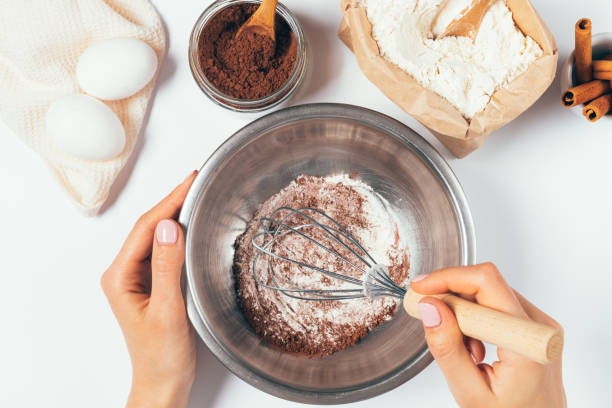
Not using cocoa powder to flour your pans 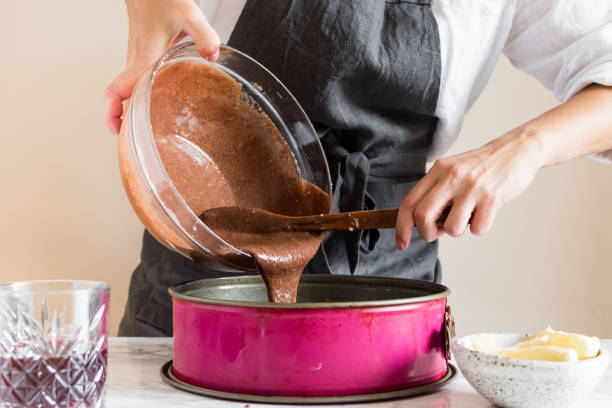
Not using cocoa powder to flour your pans -
Although it may be tempting to break a chocolate bar into bite-sized pieces and place it in a basin to melt, there is a compelling reason to chop it instead. Chopping chocolate slabs into small shavings will cause them to melt more quickly and uniformly, as well as less prone to burn, unless the pieces are already uniform in size, like chocolate wafers. Despite the fact that chopping chocolate may appear straightforward, there are a few clever techniques that can make the procedure much simpler. A cold, hard bar of chocolate can be softened by heating it for 10 seconds at a time, which makes it easier to cut. If you want to prevent the chocolate from melting into a liquid puddle, only warm it up until the corners start to gleam.
Chopping a chocolate bar with a smooth surface will also be simpler if you use a serrated knife. It's also a good idea to anchor the chopping board by putting a wet towel below it since it will secure the chopping board in its position and prevent chocolate shavings from flying all over the counter.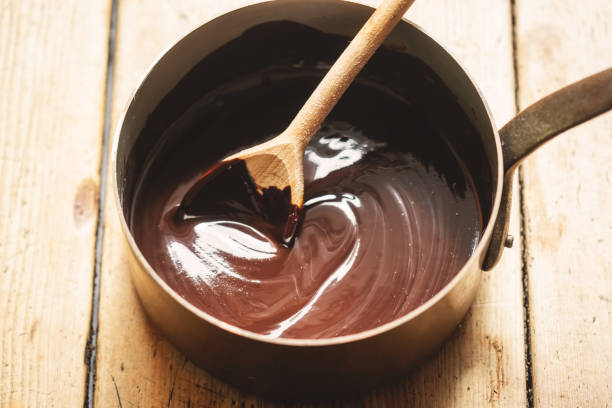
Not chopping chocolate before melting it 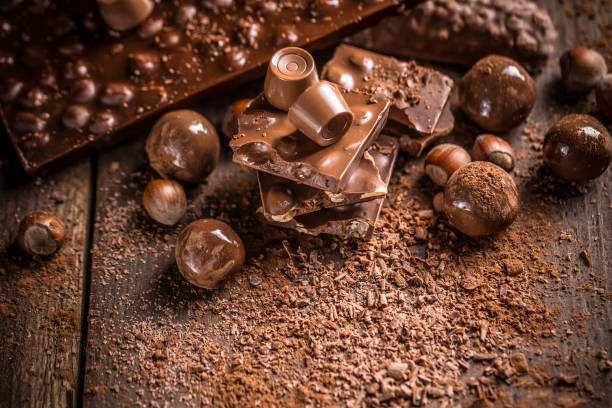
Not chopping chocolate before melting it -
When it comes to melting chocolate, many chefs and home bakers swear by the double boiler technique. But anyone who owns a microwave will know that using the clever device is just so much more convenient. A bowl and a few seconds of heating are all you need! However, in theory, melting chocolate in a microwave is a more practical way. Food heats unevenly in microwaves, on the whole. Because of this, the chocolate is more likely to overheat and burn if you aren't careful.
The microwave should be set so that the chocolate is warm rather than hot when melting chocolate. This means that you should never use your microwave at a power greater than 30% to 50%. Additionally, you should frequently pause the microwave for five to fifteen seconds to check on your chocolate and thoroughly stir it. The secret to getting chocolate to melt in a microwave without burning is to lower the wattage and stop the microwave frequently.
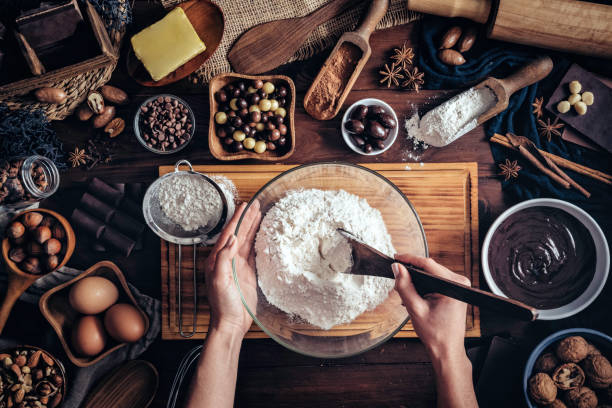
Not being careful while melting chocolate in a microwave 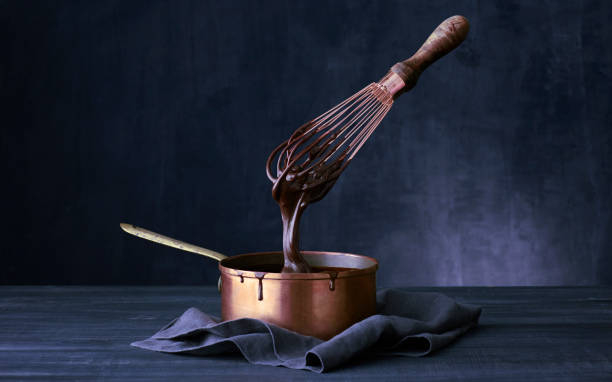
Not being careful while melting chocolate in a microwave -
The worst enemy of chocolate is occasionally moisture. Even the smallest amount of moisture can cause the chocolate to seize up when it is melted into a glossy dark liquid. This implies that your chocolate might easily become clumpy if you use moist hands, bowls, or spatulas. Three key components of chocolate—cocoa butter, sugar, and cocoa powder—melt together smoothly to form a satiny liquid. The sugar in chocolate will change into syrup when a small quantity of moisture is added, and the cocoa particles will adhere, turning the melted chocolate into a gritty sludge. Dry flour will become a paste when you add a few drops of water. However, if you add more, there won't be any lumps.
Similar to how you can cure chocolate that has seized by adding more liquid, Use it in any dish where chocolate is called for to be melted in liquid-like butter or cream, such as brownies and mousses. However, it's preferable to start afresh if you want to utilize the melted chocolate for coating or dipping when adding liquid wouldn't work.
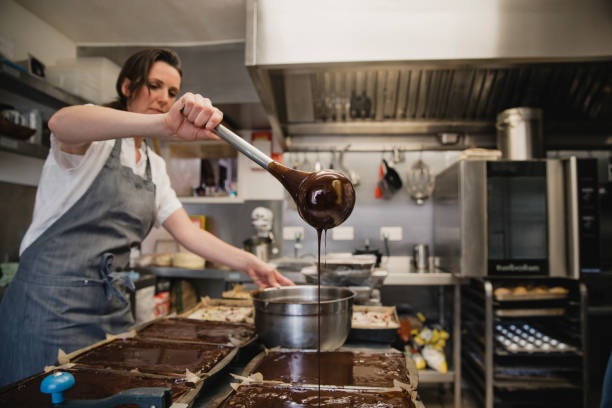
Allowing moisture to sneak into your melted chocolate 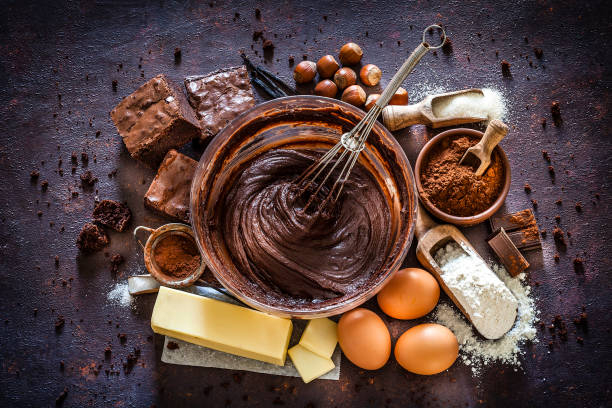
Allowing moisture to sneak into your melted chocolate -
While chocolate can be melted on its own, adding oil or butter can significantly alter the flavor. When chocolate melts, ingredients like butter and oil raise their fat content. A larger fat content will make chocolate more spreadable, improve its texture, help it melt more smoothly, lower the temperature at which it will harden, and give it a glossy appearance when it does. Additionally, using butter with chocolate will aid in blending the chocolate with any extra ingredients. It is also essential for preserving confiscated chocolate.
But there are a few things to consider when melting chocolate in butter or oil. It's ideal to use an oil or butter with a neutral flavor; unless the recipe specifically calls for it, you don't want your chocolate to taste like sesame oil or herby butter. Additionally, be careful that the butter is not too cold, as this increases the likelihood of the chocolate seizing. To prevent overheating and the cocoa butter in the chocolate from floating in a separate layer on top, make careful to melt the butter and chocolate together at the same time over low heat. To help thin and melt the chocolate, often one tablespoon of butter or oil is sufficient for every 12 ounces of chocolate chips or shavings.
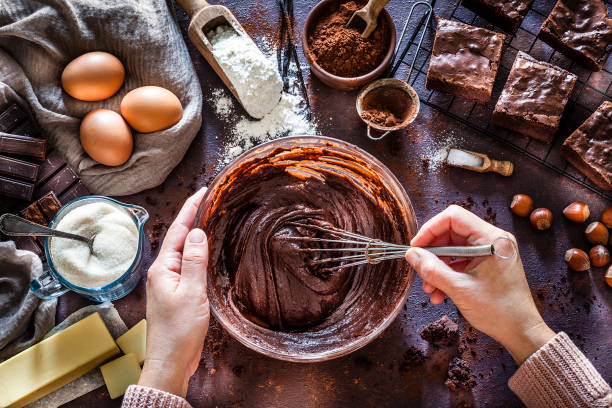
Not using butter or oil to melt chocolate 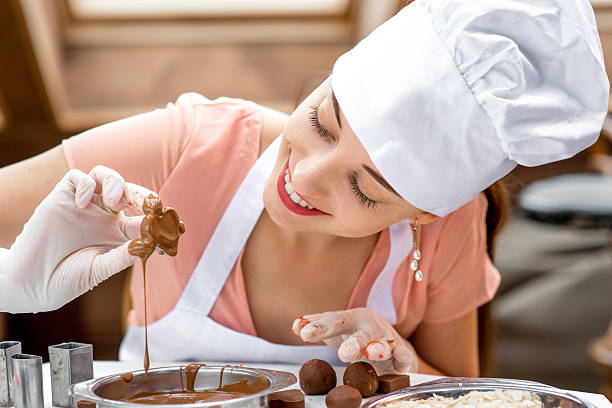
Not using butter or oil to melt chocolate -
The term "blooming" refers to the process of brewing coffee in hot water, while "blooming" spices refers to the cooking practice of putting them in heated oil. Baking with cocoa powder while it is flowering is another crucial component. Blooming cocoa powder basically involves mixing it with a hot liquid - such as water, milk, coffee, butter, or oil - and letting it dissolve before letting it cool before using.
Similar to how it absorbs the tastes of coffee or spices, the hot liquid can impart flavor to cocoa powder. While heated liquid draws out the flavor of the cocoa powder, it also enhances the chocolate flavor, so you receive much more cocoa powder than you would if you used it dry. Make sure the liquid is not too hot when blooming cocoa powder because that could turn the powder bitter. Make sure the blooming cocoa is totally cooled off before using it because a hot cocoa powder mixture can pre-cook other baking ingredients. Additionally, it's crucial to only use cocoa powder in recipes that call for an amount of liquid that will completely dissolve the powder.
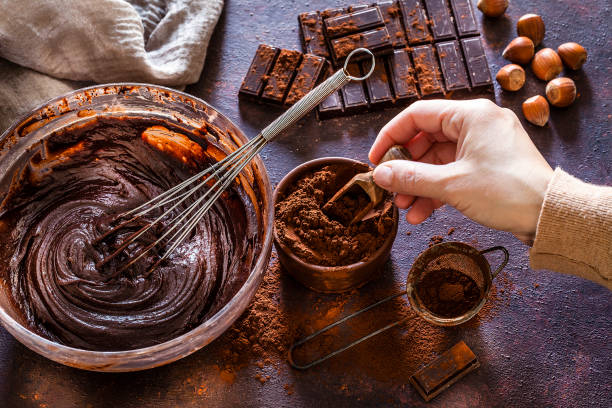
Not blooming your cocoa powder 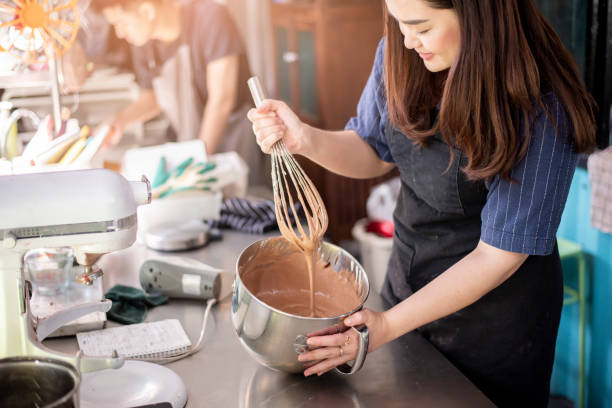
Not blooming your cocoa powder -
A dash of salt is required in almost all recipes that include chocolate. The salt is neither a typographical error nor does it suggest that the dessert is supposed to taste salty. It turns out that salt is added to chocolate to make it taste better! The taste of salt is added to chocolate more so than its nutritional value. According to the website, salt enhances the perception of sugar's sweetness and provides a pleasant salty counterpoint to chocolate's sweetness. Additionally, it can enhance the flavors of chocolate. Salt can make the chocolate taste less bitter, balance out its flavor, highlight its subtler components, and even encourage the release of chocolate's enticing scent.
Because salt won't melt in chocolate, be careful to fully combine and integrate it in before adding. As an alternative, you may also top chocolate-based baked items like cookies with bigger salt crystals. But the secret is to season chocolate with just the perfect amount of salt. You only need a tiny pinch of salt since you want it to enhance the flavor of the chocolate rather than impart its own salty flavor.
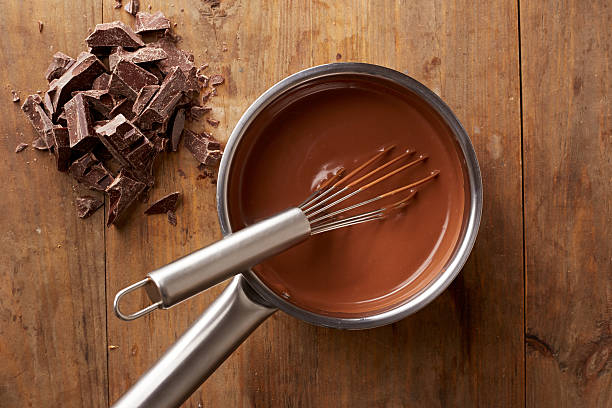
Forgetting to add salt 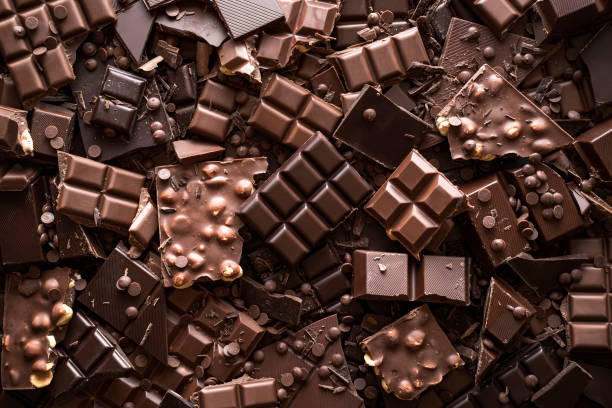
Forgetting to add salt -
In baking, there are some procedures that must be done regardless of whether they are specifically mentioned: Use the correct temperature for your components, level them for proper measurement, and sift all of your dry ingredients—not just the flour. Sifting may be especially crucial when using cocoa powder, according to Art Chocolat, as the granules tend to be very fine and are more likely to clump together in the container.
While shifting will eliminate lumps, sifting adds air to the dry ingredients, making them lighter and simpler to combine with liquid components to make a batter. Additionally, it will guarantee that the amount of cocoa powder in your recipe is correct and that your finished product doesn't contain any dry lumps of powder. If the lack of a sifter is the only thing keeping you from sifting cocoa powder, you can use the same strainer you use to drain pasta water to sift the cocoa powder. As an alternative, you can whisk your dry ingredients to break up any large powder lumps.
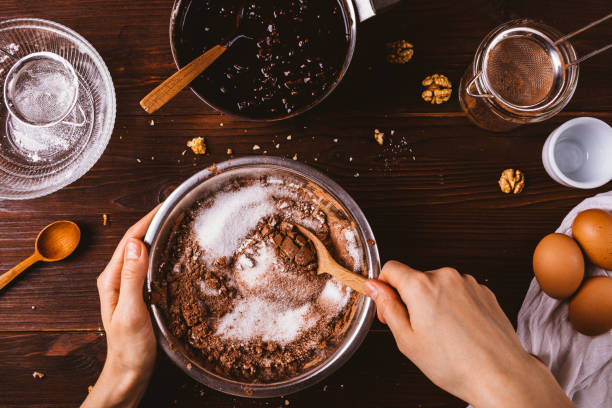
Not sifting cocoa powder 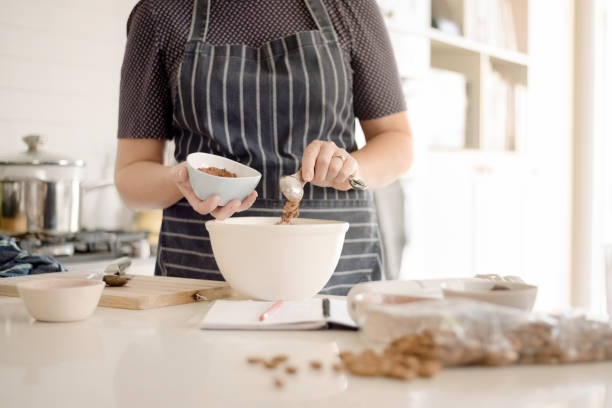
Not sifting cocoa powder -
To ensure that the quality is not affected, chocolate should always be stored in a slightly cool, dry, and dark location, such as a pantry or cupboard, at temperatures lower than 21 Celsius. So the chocolate bar you've been keeping in the refrigerator's coolest spot isn't exactly where it belongs.
You run the risk of the chocolate absorbing the flavor of nearby strongly flavored foods when you store chocolate in the refrigerator. The chocolate may absorb moisture from the refrigerator's humidity, changing its flavor and making it deteriorate. Additionally, the chocolate has a danger of blooming owing to temperature fluctuations when it is taken out of the refrigerator and quickly exposed to the warm temperatures of cooking. Additionally, you should avoid keeping chocolate or items containing chocolate close to a stove because the heat will melt the chocolate and alter the flavor. The easiest way to keep chocolate safe from heat is in airtight containers at a cool room temperature.
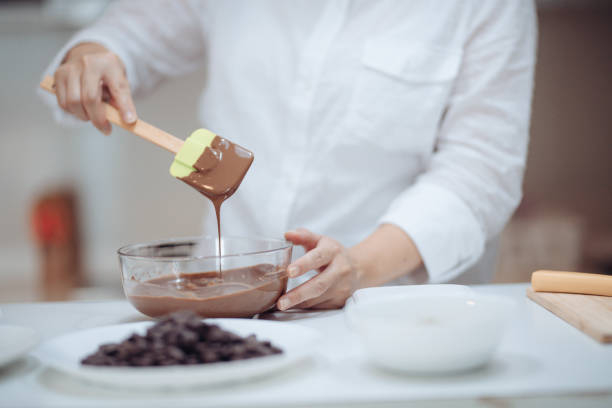
Not storing chocolate correctly 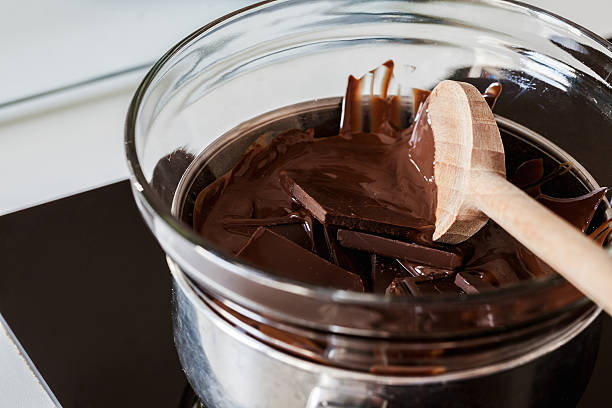
Not storing chocolate correctly















